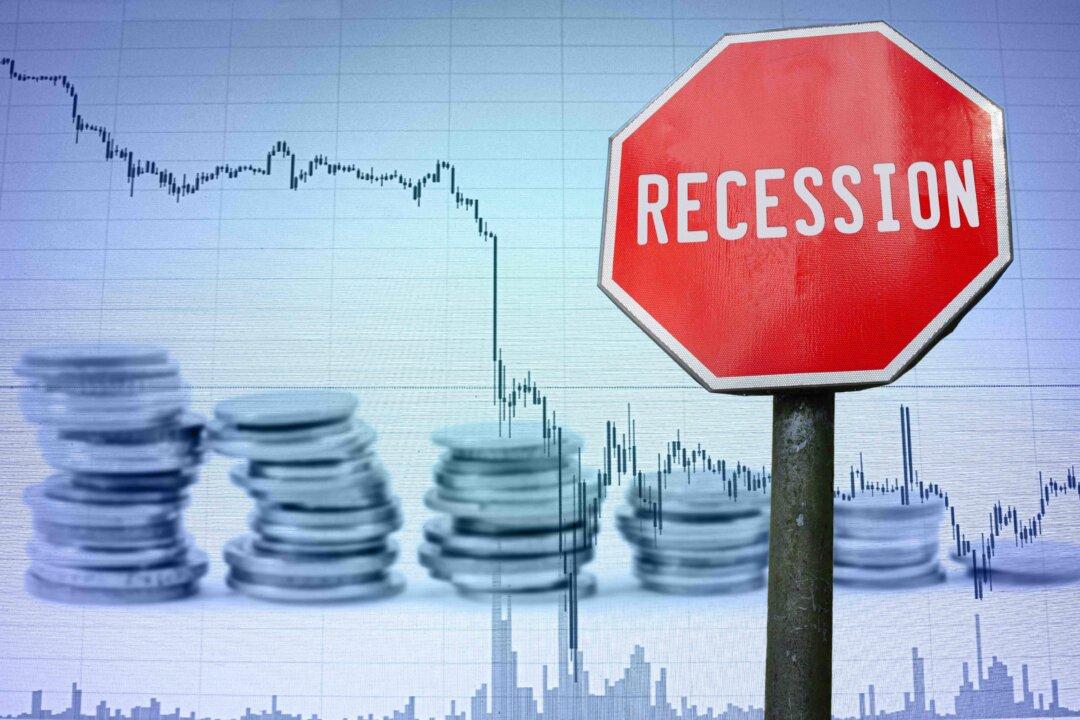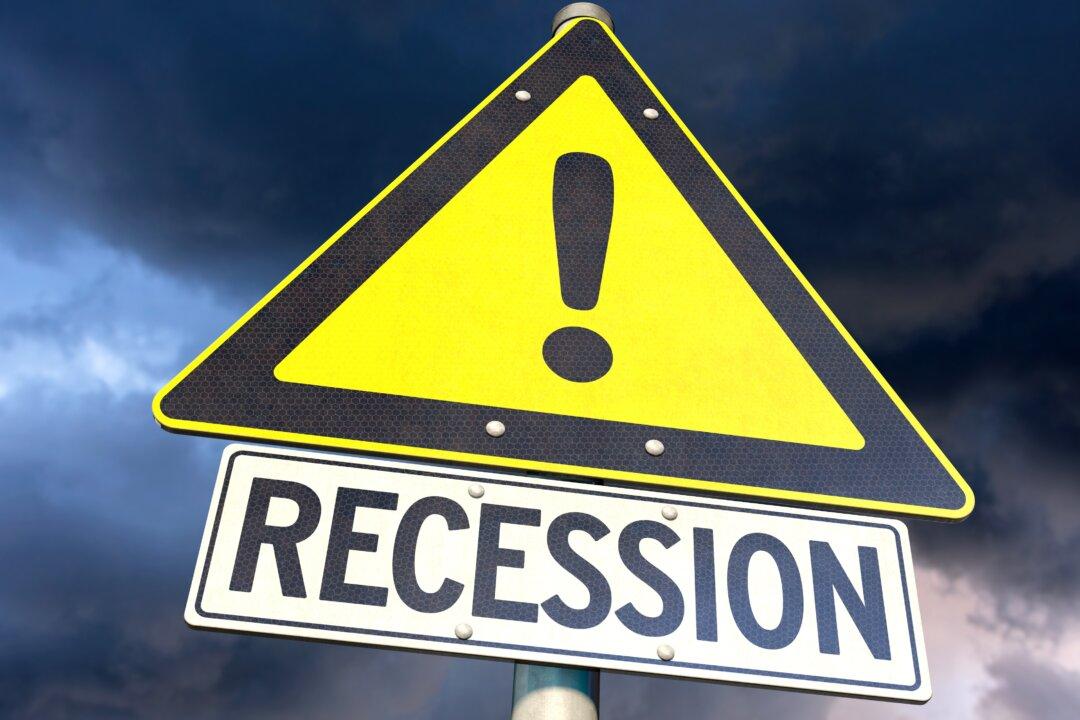Commentary
The purpose of immensely important, woefully unappreciated eurodollar futures derivative contracts is simply hedging. But hedging enormous and complex financial positions isn’t for you or me, but rather for the global behemoths that are the eurodollar system itself (the world’s actual reserve currency). Given the scales involved, there are literally trillions on the line, therefore there is enormous effort in the market to uncover the best possible information.





